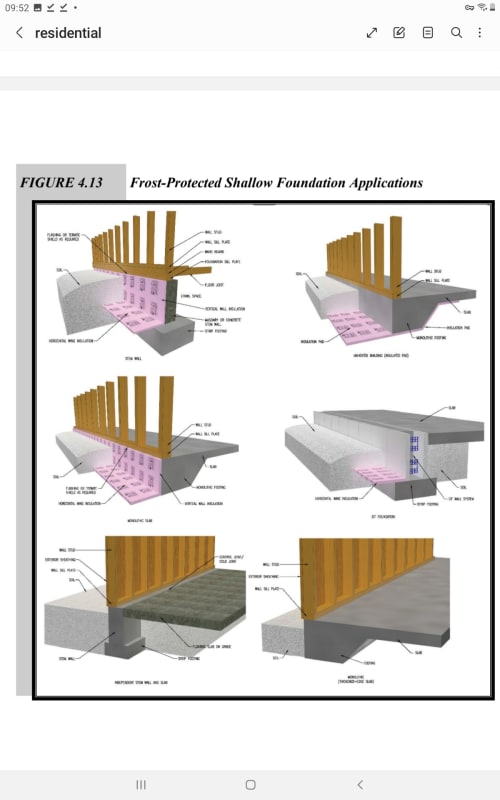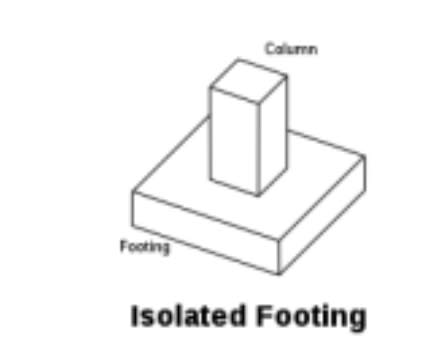AymanRaouf
Civil/Environmental
- Feb 26, 2015
- 6
Hello all,
I wonder on the decision choice between a Slab on Grade foundation versus a shallow foundation footing for a house. Why is it in some countries they use a slab on grade whereas others they use isolated foundations. The latter have a ground type of simsima limestone (strong ground greater than 300 kPA.
I wonder on the decision choice between a Slab on Grade foundation versus a shallow foundation footing for a house. Why is it in some countries they use a slab on grade whereas others they use isolated foundations. The latter have a ground type of simsima limestone (strong ground greater than 300 kPA.


